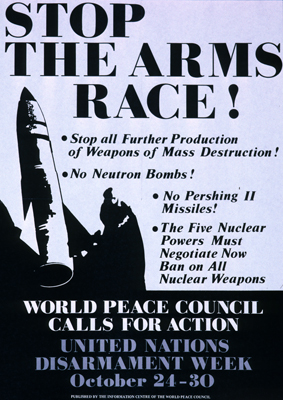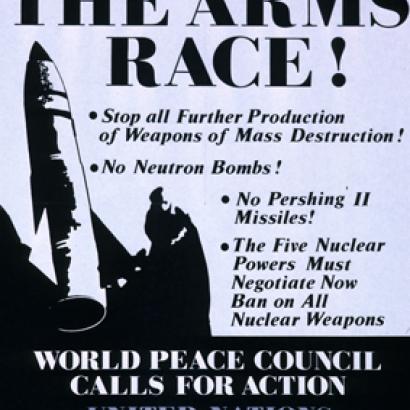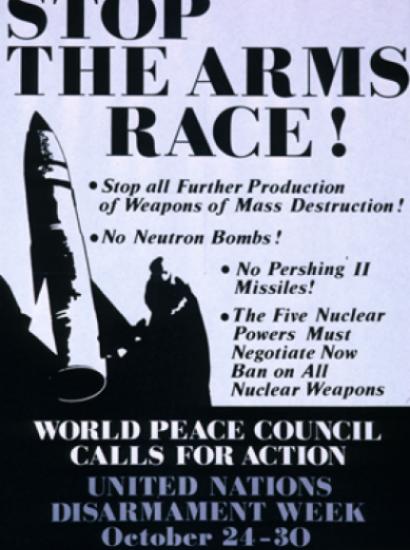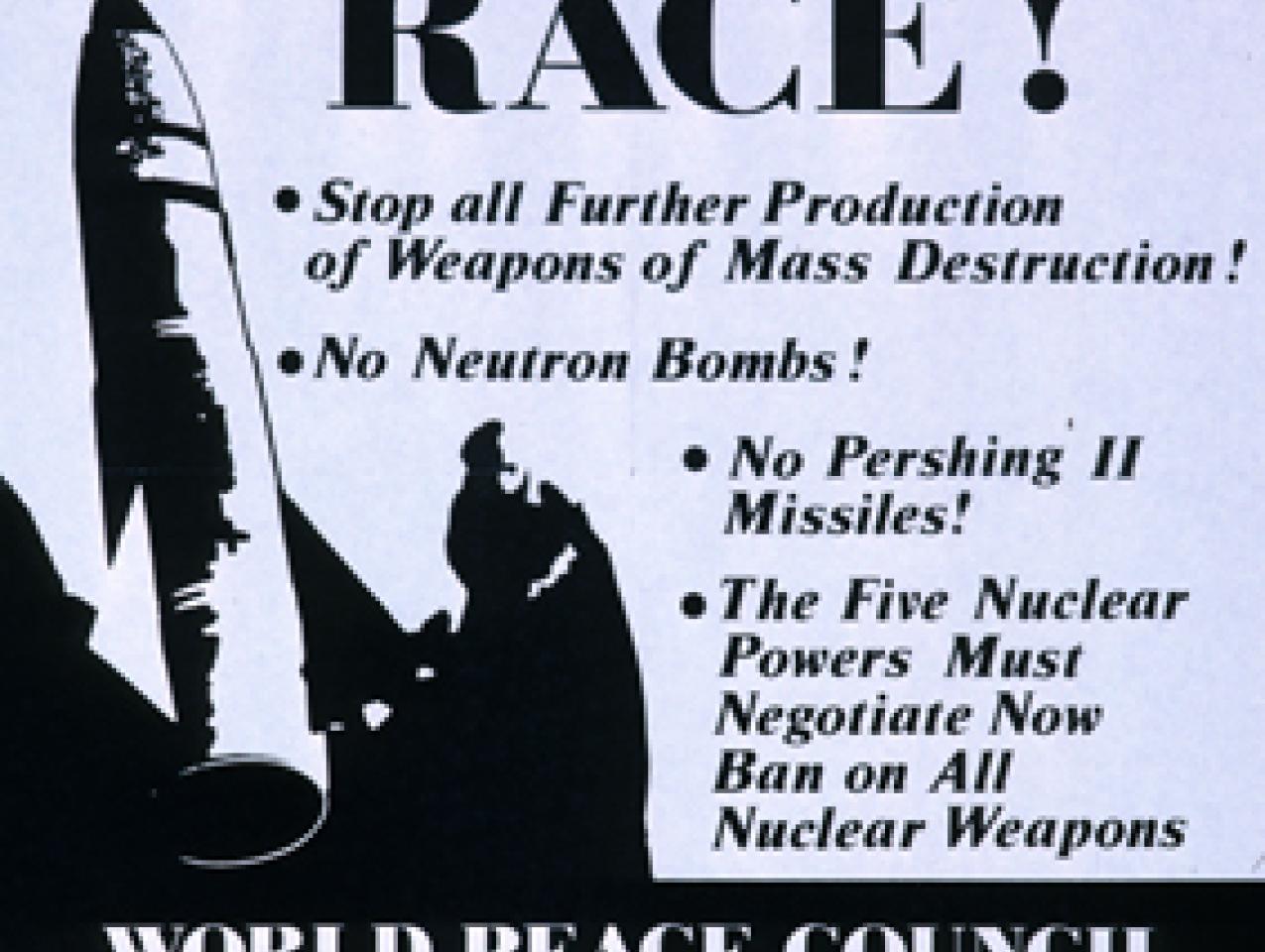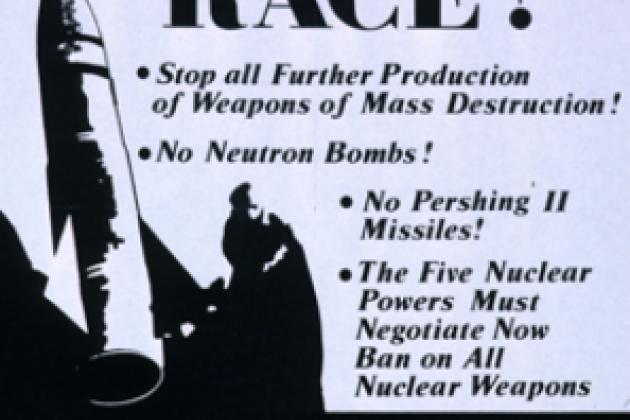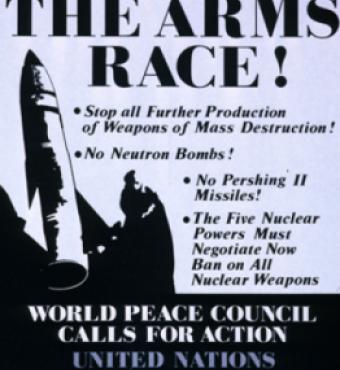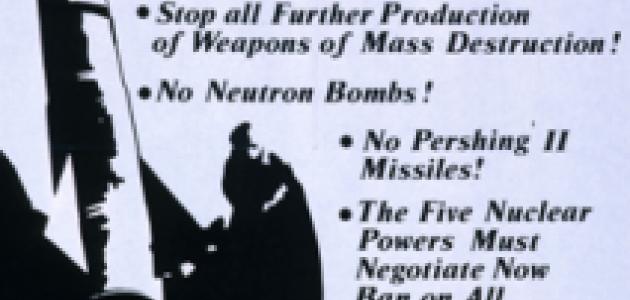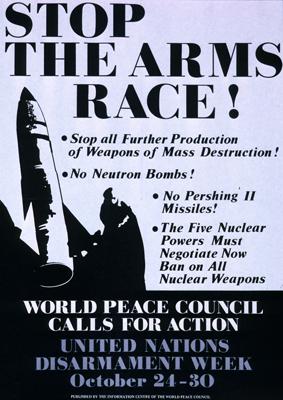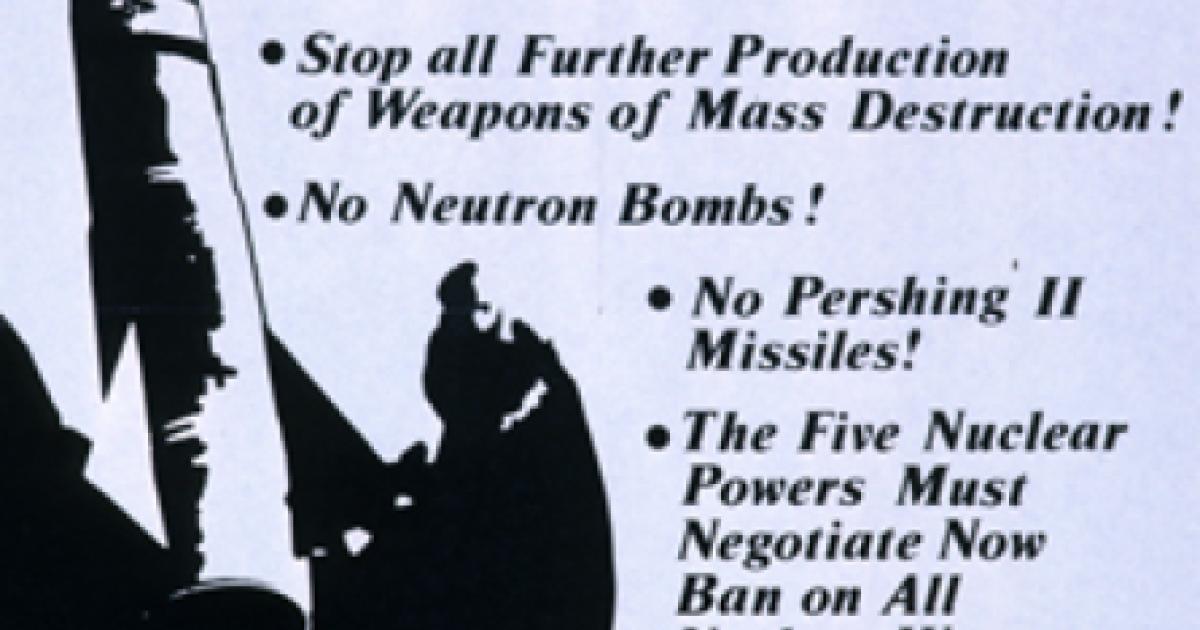- History
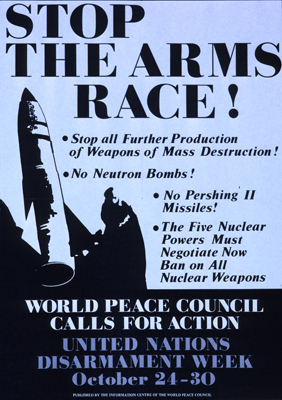
Applying the adjective “reasonable” in a North Korean context is, well, not reasonable. It’s not that the Pyongyang regime is entirely irrational, but it is certainly “differently rational” in a way that is nearly impossible for consent-of-the-people democracies to comprehend. In imagining conventional military options to change the Kim regime or to eliminate its offensive capabilities—that is, to remove the threats North Korea poses to its neighbors, the East Asian balance of power and, now, the United States itself—“effectiveness” is a better measure. This is a case where brutality looks reasonable.
The first steps along this trail of analytical tears are to have a clear understanding of the American interests at stake. As Pyongyang’s nuclear capabilities have increased, so has the sentiment that these pose too difficult a problem and that the wiser policy is simply to walk away from our commitments in Korea. The Truman administration made that fatal mistake in 1950, putting at risk the security of East Asia that had been expensively bought from the Japanese. The solution to problems in U.S. security cannot be to reimagine America and the world it has made.
The second step is to be equally clear about the nature of the Kim regime, and in particular to understand that its purpose is not simply to survive but to reunite the peninsula under its sole rule. The ideology of juche—the English translation as “self-reliance” does not do it justice—is as much a universal prescription as the natural-rights principles that drive America’s actions in the world. North Korea’s military has adopted a bristling offensive posture because it is meant to be an instrument of conquest; that it deters outsiders from intruding into an otherwise failed state is, to be sure, a benefit, but a secondary one. Like its Red Army mentors, the Korean People’s Army does not really draw a firm distinction between conventional and nuclear weapons.
Thus, it is not easy to distinguish between eliminating these offensive capabilities and regime change. No amount of air and missile defenses, nor counter-battery strikes, is likely to remove the threat. The defense of South Korea, of Japan, and of the United States will demand a large-scale attack—a counteroffensive to an attack from Pyongyang or a preemptive maneuver—to secure, at minimum, several hundred kilometers of North Korean territory plus various launch sites and elements of the North Korean WMD complex farther north. Timothy Bonds of RAND has estimated that even a minimal campaign of this kind would require an additional 162,000 American ground troops over and above the 40,000 or so already stationed in Korea. That number represents something like 80 percent of U.S. Army and Marine Corps land combat power. The burden of the Navy and Air Force would be similar. To cross the 38th parallel is to cross the “regime change” threshold.
This also would be a campaign fought under two much larger threats: of Kim’s nukes and Chinese intervention. For the first, missile defenses may not be sufficient but they are profoundly necessary—and necessary in greater numbers and with better capabilities than are now available. Perhaps the worst blunder of the Obama-era Pentagon was to terminate the Airborne Laser program mounting a giant chemical laser inside a 747. To be sure, this was more science project than weapon development, but it offered a path to fielding a true “boost-phase intercept” missile defense system. The program’s death was slow and painful, and it was killed within weeks of demonstrating its viability. For all its limitations, the ABL was the only realistic way to field a limited boost-phase defense in the time available.
Finally, there isn’t a way to achieve U.S. strategic goals for Korea or East Asia without confronting the China conundrum. The logic of October 1950 remains, but is in fact more compelling now: the emerging great-power competition between the United States and China is surely as important to the global balance of power as was the Cold War contest with the Soviet Union. Troublingly, there is reason to think that the Chinese economic model—for all its weaknesses—is more viable than was the Soviet one, and that America’s position of primacy is shakier now than it was seven decades ago. Regime change in Pyongyang that leaves a pliable Chinese proxy in place of “Little Rocket Man” might seem like an improvement, but the benefits would be marginal and short-lived. And it certainly would not be worth the price of South Korean neutrality or the withdrawal of U.S. forces from the peninsula.
In sum, we find ourselves in a Macbeth-like situation: “If it is done when ‘tis done, ‘twere well it were done quickly” and cold-bloodedly. A war on the peninsula would “trammel up” many consequences, and the more we might summon a “blow [that] might be-all and end-all”—or at least the most powerful possible—the better. A less literary but more historical frame of reference might well be the invasion of the Japanese home islands, in which case a “reasonable” outcome also seemed to exceed America’s conventional military grasp.







